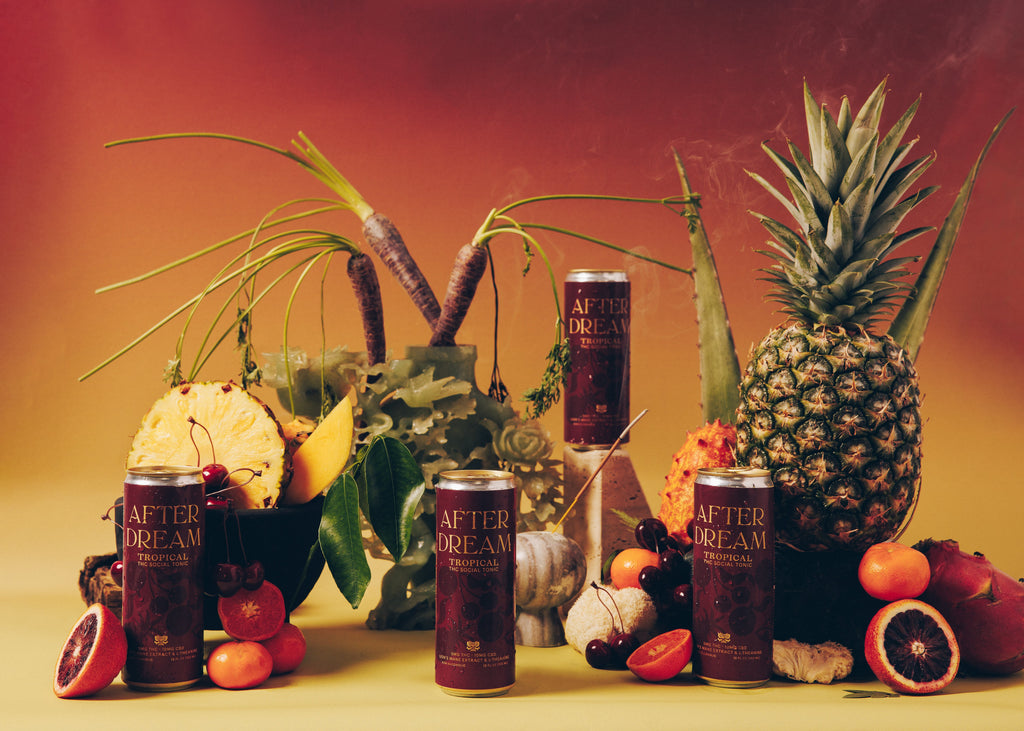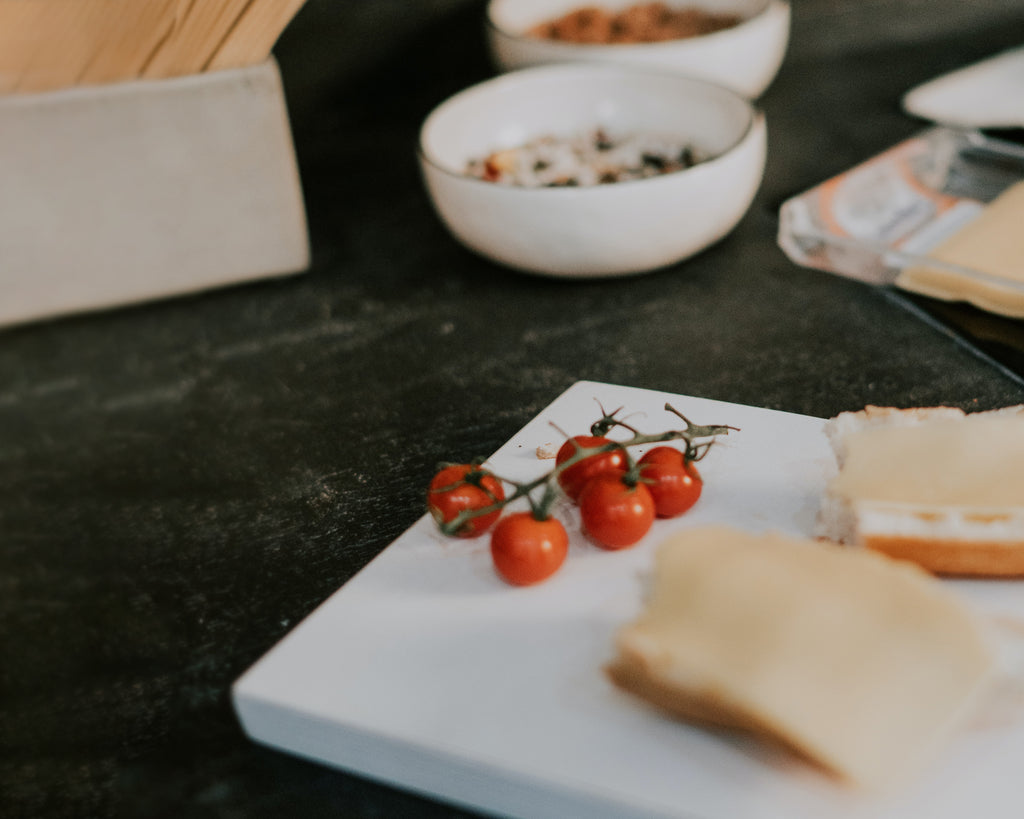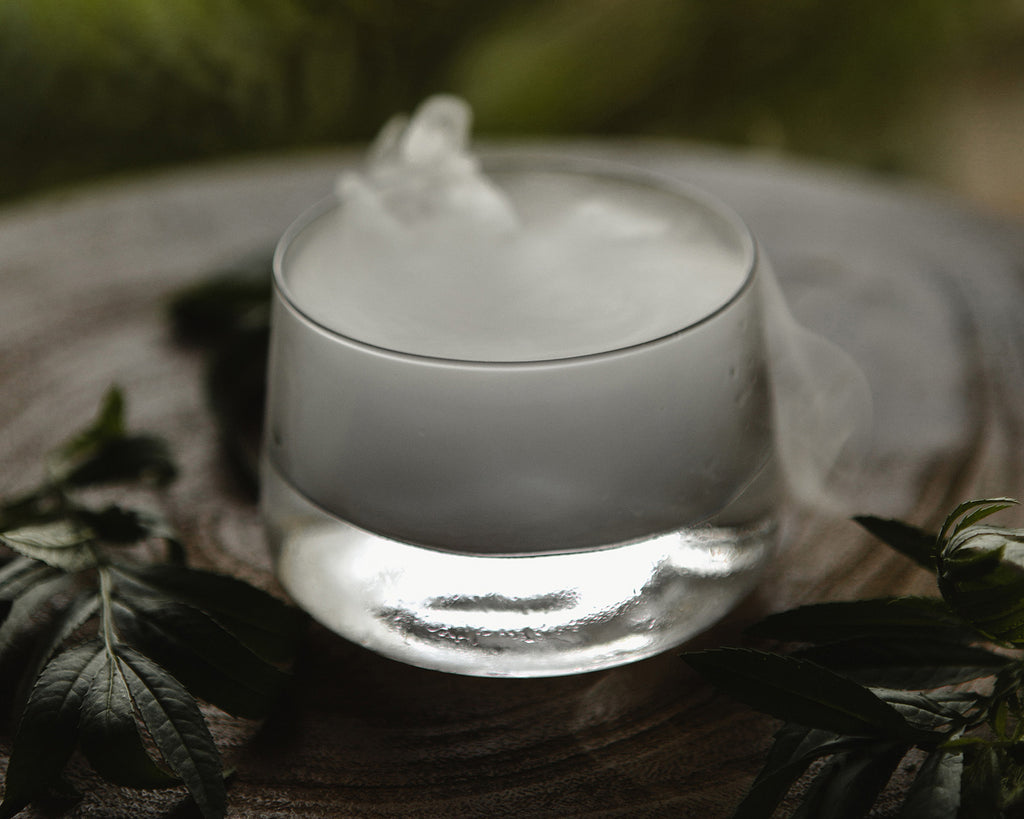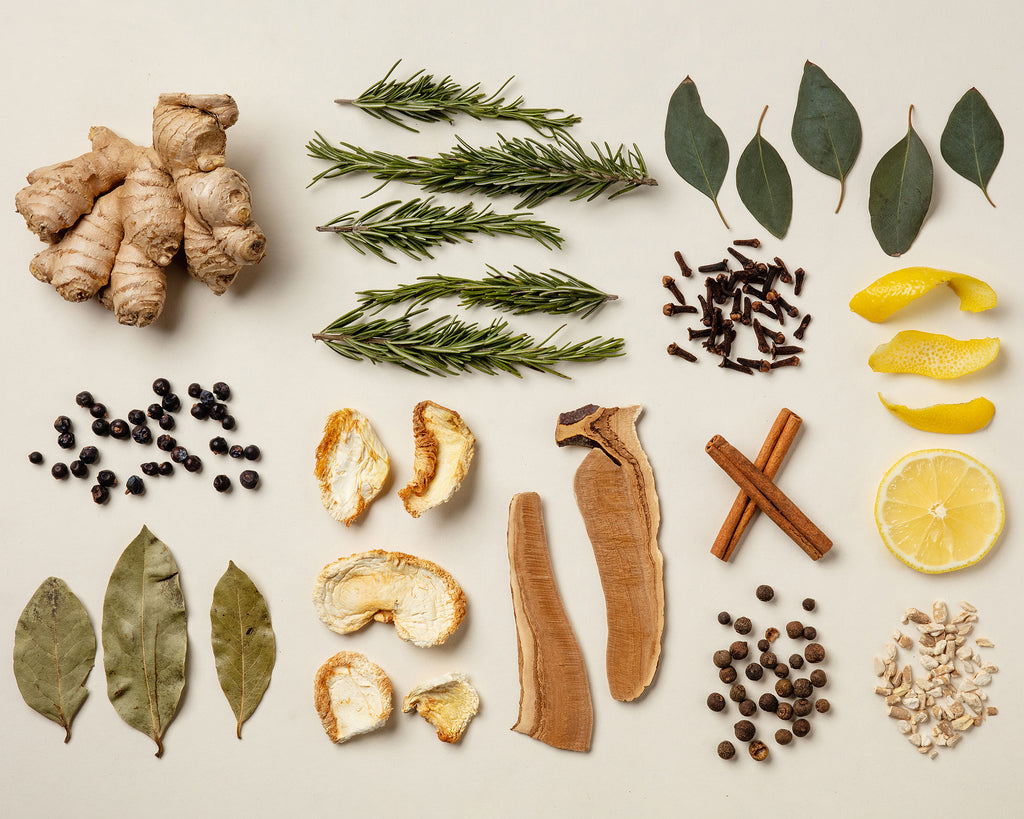A Letter From The AMASS Team On COVID-19
In light of the ongoing spread of COVID-19, we have asked our team to practice social distancing and work remotely in an effort to protect the vulnerable and immunocompromised. While it pains us to see our industry navigate through these tough times, our first priority is the safety of our community.
Over the past year and a half, our crew of bartenders has stood steadfastly by AMASS. We understand that we wouldn’t be here without their ongoing support, and are committed to doing everything in our power to gather, create, and share resources to help mobilize the movers and shakers that make up this industry.
In March, we donated 10% of the proceeds of our botanic hand sanitizer to the United States Bartenders Guild Emergency Grants Program to assist bartenders whose livelihoods have been compromised by the sudden closures of bars and restaurants. We are now donating a portion of our hand sanitizer production to healthcare professionals on the front lines and nonprofit organizations working to protect and support at-risk populations nationwide.
AMASS means “to gather together,” and we’re grateful there are so many ways to do this digitally. As the situation continues to evolve, we’ll be providing important updates here as well as rolling out tips and tricks on how to shake up cocktails at home from our community of bartenders. In the meantime, we’ve listed some ways to support your local bars and restaurants below.
Now more than ever, we’re inspired and moved by the tenacity and generosity of this community. Thank you for being here–we're wishing that you and your loved ones remain safe and healthy.
How You Can Help
- Purchase gift cards when available to be used once the crisis abates
- Continue ordering from your favorite restaurants online and opting for no-contact delivery or pickup
- Call your local bars and restaurants and ask to buy their perishable items
- Donate when and if you can to supplement payroll for the servers, hosts, and bartenders that make up this community
- Call your Representative and Senators and demand that employees in the hospitality sector (and small businesses in general) are part of the federal stimulus plan. You can be connected to the capitol switchboard at 202-224-3121
- Buy merch and products (like jam, coffee, and hot sauce) from the restaurants you love
Cheers,
Team Amass





















